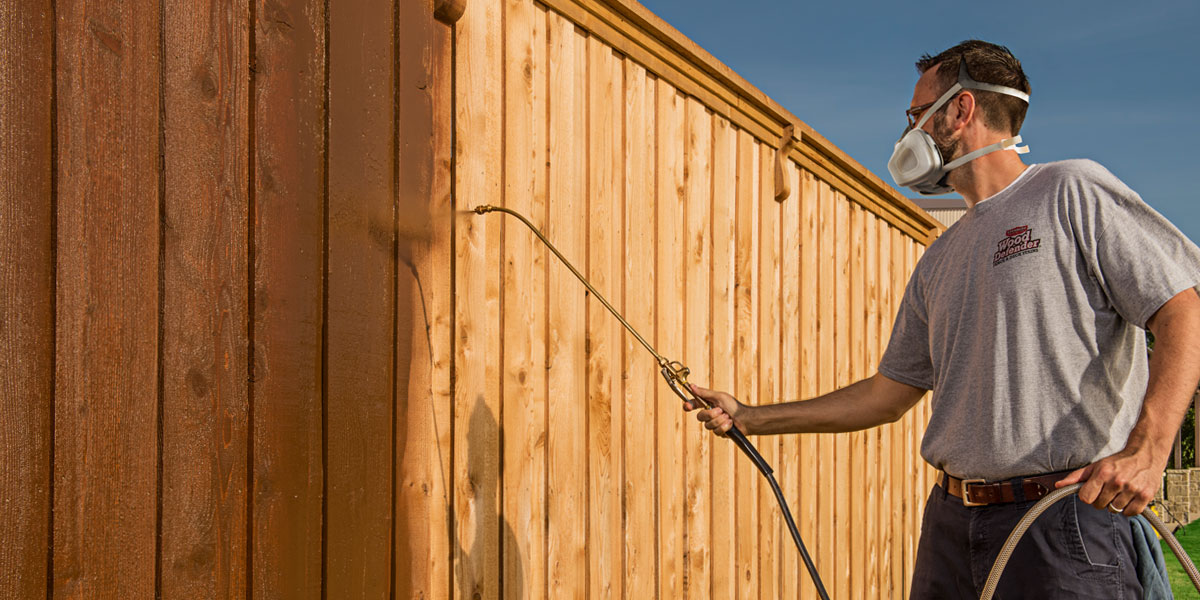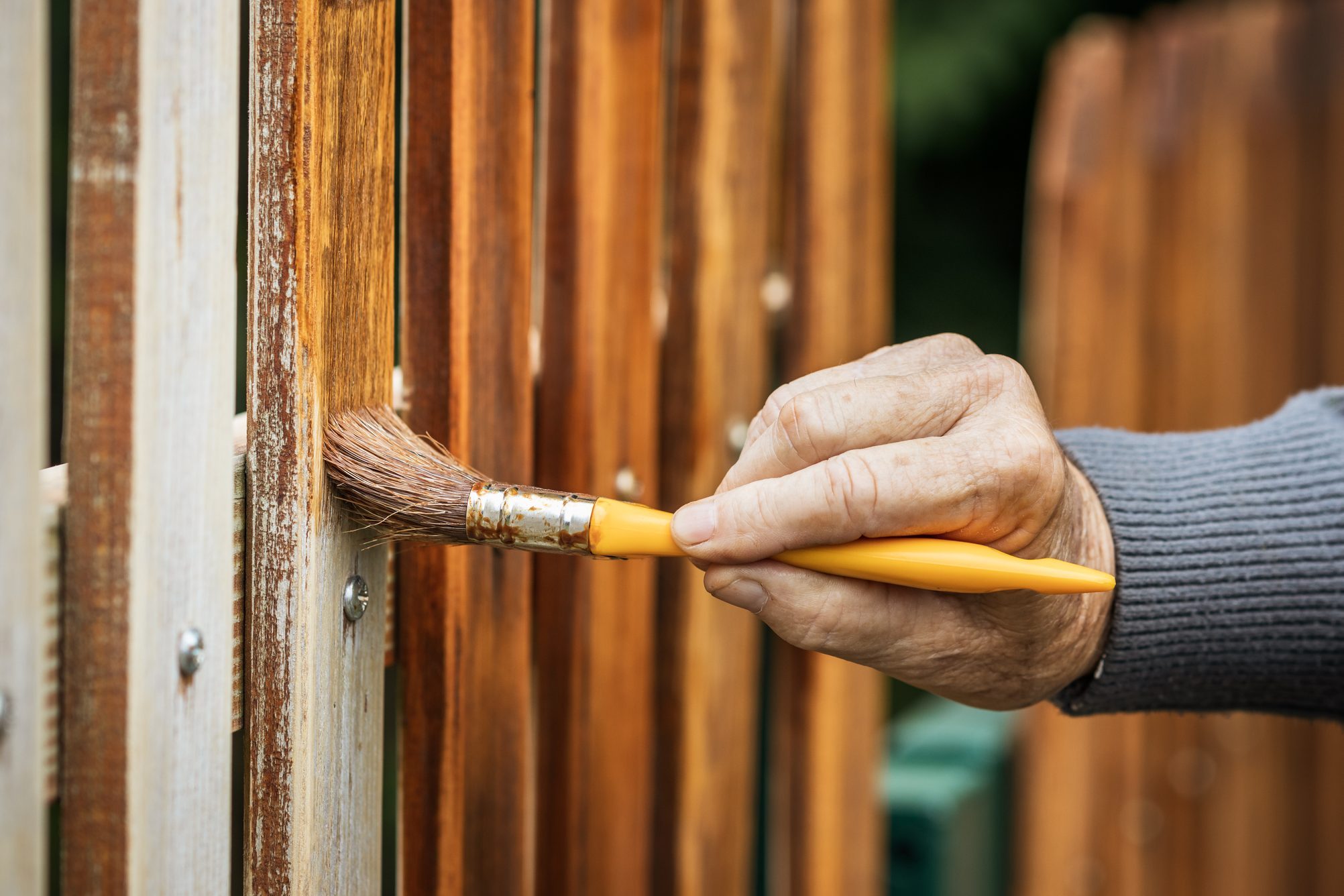The Ultimate Overview to Fencing Discoloration: Tips and Techniques You Required to Know
In the realm of home maintenance, fence staining typically becomes a job that needs focus yet is regularly overlooked. The process involves greater than simply slapping on a layer of tarnish; it requires accuracy, expertise, and the appropriate strategies to make sure a lasting and visually appealing result. Whether you are a seasoned do it yourself fanatic or a home owner looking to enhance the aesthetic allure of your home, comprehending the nuances of fencing staining can make a significant difference. Allow's discover the ins and outs of this relatively straightforward yet surprisingly complex job to open the tricks that can transform your fencing from a simple boundary to a standout function of your outdoor room.
Benefits of Fencing Staining
What benefits does fence discoloration offer to homeowners looking for to enhance both the appearance and long life of their outside frameworks? Fence discoloration offers many benefits that make it a preferred option for home owners seeking to protect and enhance their fencings. One of the main advantages of fencing staining is its capability to boost the visual appeal of a home. By choosing the best tarnish color, house owners can enhance their exterior color design, adding a touch of sophistication and style to their outside area - Fence Staining Nashville TN.
Furthermore, fence discoloration helps to secure the timber from the components, such as rainfall, snow, and UV rays. This defense not just avoids the timber from deteriorating and decaying but likewise prolongs its life-span, conserving homeowners money on pricey repair work or replacements in the future. Fence Staining. Furthermore, tarnishing develops an obstacle versus pests, such as termites and carpenter ants, which can trigger substantial damages to unattended timber fences
Choosing the Right Stain

One more factor to take into consideration is the level of defense you desire for your fence. Clear discolorations give marginal protection against UV rays and dampness, while semi-transparent and solid spots offer increased defense. If your fencing is exposed to extreme weather, a solid discolor may be the very best alternative to make sure optimum sturdiness.

Preparing Your Fencing
Previous to applying the selected stain, thorough prep work of the fencing surface area is vital to make certain optimal results. Begin by cleaning up the fence to eliminate dust, debris, and any old discolor or repaint. Make essential repairs to make sure the fencing is structurally audio.
After cleansing and repairing, it is important to sand the fencing to develop a smooth surface area for the tarnish to comply with. Use a medium-grit sandpaper to eliminate any type of harsh spots or blemishes. Wipe down the fence with a tack cloth go to this site to remove any staying dust bits.
Applying the Spot

When applying the discolor, function methodically area by area, beginning with the leading and moving downwards to stop drips and ensure also insurance coverage. Use long, smooth strokes to apply the tarnish towards the wood grain, enabling much better infiltration and an extra specialist surface. Take care to keep a wet edge to stay clear of lap marks and overlap each stroke a little to blend the stain effortlessly. As soon as the first coat is total, permit it to completely dry according to the manufacturer's directions before choosing if a 2nd layer is essential for added protection and durability.
Maintaining Your Stained Fencing
To ensure the longevity and visual charm of your discolored fencing, routine maintenance is crucial. The primary step in keeping your tarnished fencing is to consistently evaluate it for any indications of wear, such as fading, peeling, or cracking. Addressing these issues promptly can protect against more damages and prolong the life of your stain. It is advised to clean your stained fence at least annually utilizing a mild cleaning agent and water to eliminate dirt, grime, and mold accumulation. After cleaning, allow the fencing to dry completely prior to using any extra treatments or discolorations. Furthermore, it is important to keep an eye on the sealant on your tarnished fencing and reapply it as needed to shield the timber from dampness and UV damage. Ultimately, keep plant life cut and far from the fence to stop mold and mildew growth. By following these upkeep pointers, you can make certain that your discolored fencing stays in leading problem for years to find.
Conclusion
To conclude, fence staining provides many advantages such as security versus weathering and boosting the aesthetic charm of your home. By picking the right stain, correctly preparing your fencing, using the stain correctly, and preserving it regularly, you can ensure your fence stays in top problem for several years to come. Adhering to these tips and techniques will help you accomplish a perfectly tarnished fencing that will certainly stand the examination of time.